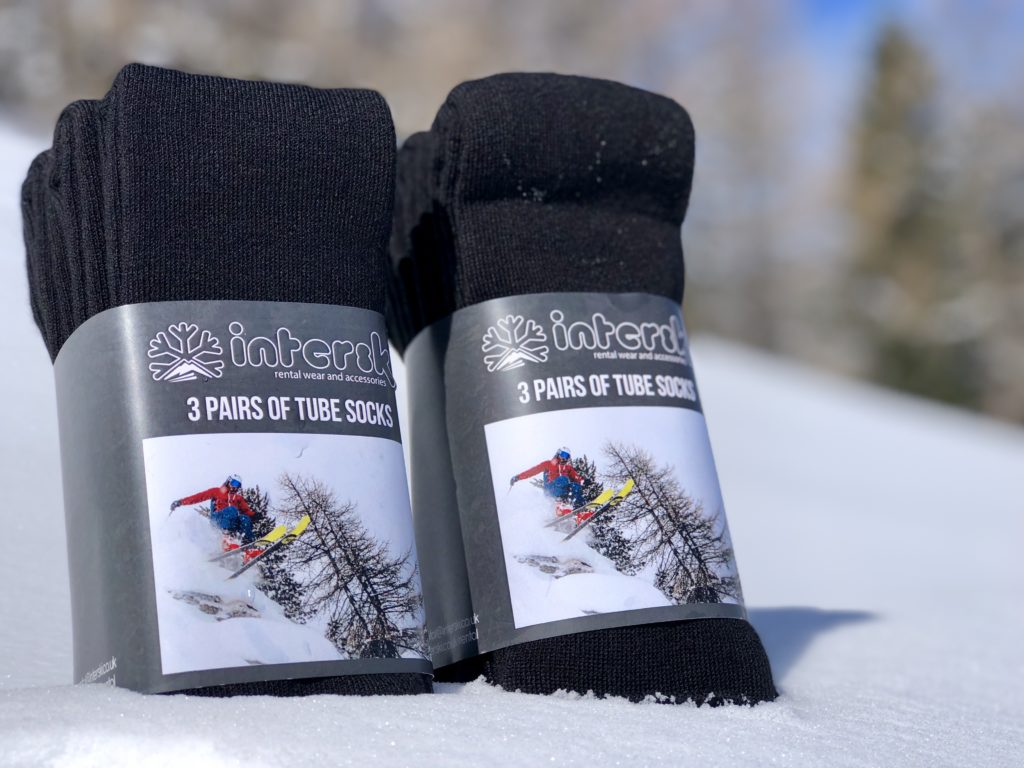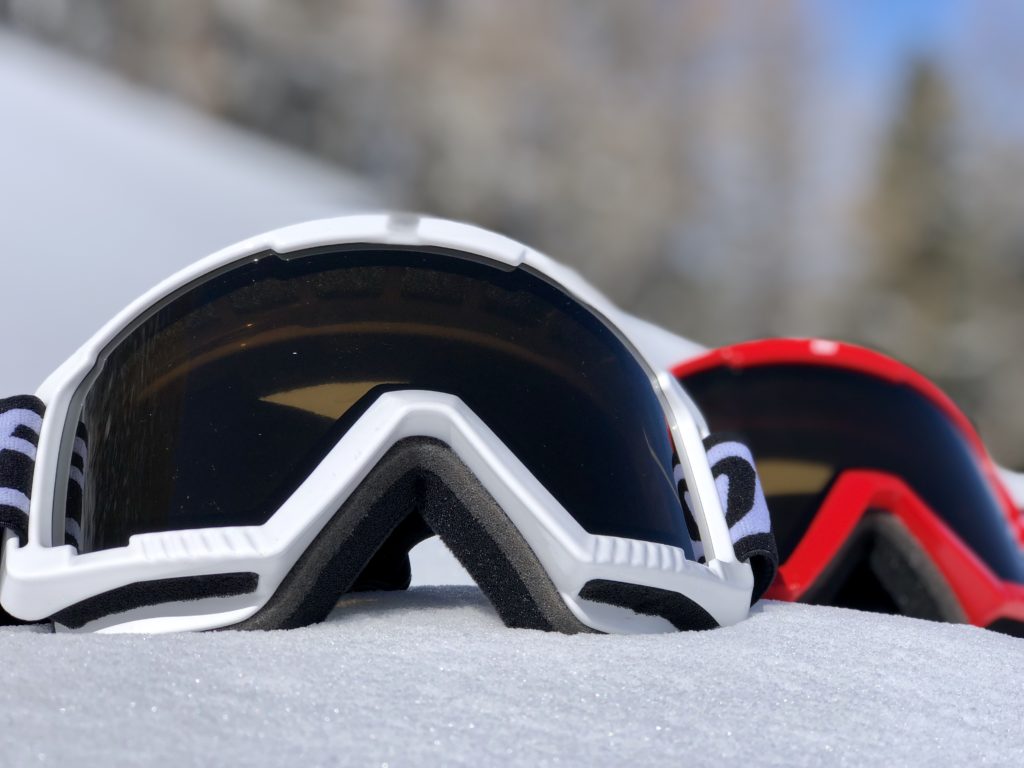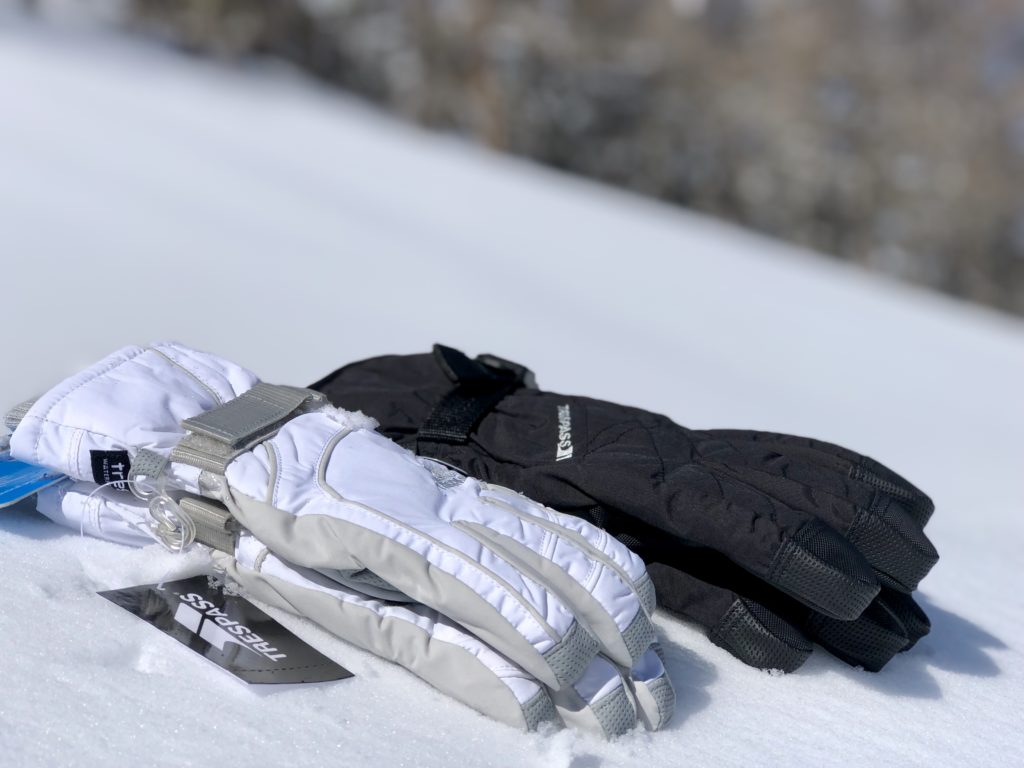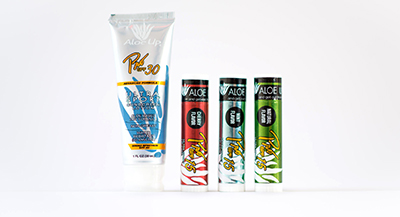6 Essentials To Pack For Your Ski Trip
-
November 8, 2019
If you’re skiing for the first time and wondering what to pack, then with this helpful guide we’ve got you covered.
A quick stroll to the local ski shop or a look online may leave you feeling a little bewildered due to the huge choice of ski wear and ski accessories or weak at the knees when you see the cost of some of the high end items. However, with a little planning, diligence and by reading his guide you’ll know what to pack and what to leave at home.
When it comes to packing for your first ski trip, it’s a little different to packing for a winter European city break, you’re going to be in a mountain environment and active, so careful consideration has to be taken when it comes to your clothing choices.
As mentioned above, skiing is a specialist sport which generally takes place within a mountain environment so there are some specific items which you’ll need to pack.
- Lots and lots of ski socks
The extremities, toes and fingers, get coldest the quickest and will stay cold if they’re not wrapped up all snuggly. A good pair(s) of ski socks is a must and nice, thick, warm, comfy specialist ski socks will keep your feet nice and warm as well as providing some additional comfort once your ski boots are on.
Although some people swear by using expensive, specialist ski socks, if you find you had a favourite, warm, thick, comfy pair at home then pack at least three pairs.
- 2 x pair of thermals (at least)
If you’re skiing for the first time, then you may find it strange to believe that it’s not actually the snow which makes you feel cold but the layer of sweat which builds up on your skin when you start to perspire. To combat this, you need to pack a good pair of thermals which helps the air circulate and wick away the sweat from the skin.
Good thermals are generally made from Merion wool but if you don’t to want shell out for these then with fabric technology improving so much over the past few years, general polyester is cheaper and nearly as good.
- Ski Gear
In an environment with every changing weather conditions, it’s vital that you pack the correct ski gear to keep yourself warm and dry which means packing a specialist ski jacket and ski trousers. For optimal weather protection whilst skiing, waterproof and breathable jacket and trousers are ideal. Gore Tex is very much still the industry standard and found in a lot of high end ski jacket and trousers but many of mid to lower end manufacturers now incorporate their own versions which, although not as good in extreme conditions, are more than adequate for a weeks skiing over Easter.
There is no industry standard for waterproofness but anything within the 10,000-20,000 mm/24 hours will be more than adequate. When it comes to breathability, you don’t want to sweat like boil in the bag rice so below is a hand guide to help you choose the right breatheability for when in the mountains.
Less than 10,000mm: Minimal protection in light rain or snow.
10,000-15,000mm: Medium protection for when skiing in moderate rain, snow and wind.
15,000-20,000mm: Excellent projection for when skiing in moderate to intermittent rain, snow and wind.
More than 20,000mm: Extreme protection for persistent heavy rain, heavy snow and high winds
- Essential Extras – Gloves, Goggles and Ski Helmet
As mentioned earlier in the article, the fingers and toes get coldest the quickest so it’s vital that you pack a good quality, comfy, waterproof pair of ski gloves to keep those fingers warm. If you’re a first-time skier, then there’s probably no need to spend anywhere upwards of £20-£30 but ensure your ski gloves fit correctly, have a little room at the finger tips to allow the air to circulate and whether they be gloves or mitts it’s entirely up to personal preference.
Ski goggles, come in a variety of colours, shapes, sizes and vary in price from £20 towards £250. If you really want to push the boat out, then look for a pair which has interchangeable lens for the different light conditions on the mountain. Otherwise, a relatively cheap pair with a low light level lens and a pair of sunglasses for when the sun is shining will ensure you’ve covered all bases.
Whether you buy cheap and cheerfully or full on fly-eye googles, one thing to remember is to make sure that the lens offer 100% UVA and UVB protection.
Last but not least, don’t forget to pack your ski helmet. Long gone are the days of wearing a ski helmet and sticking out like a sore thumb. Most European ski resorts insist that anyone participating in snowsports wear a ski helmet, especially children under the age of 14yrs, and with the high profile cases of people skiing and injuring themselves whilst not wearing a ski helmet, it just makes sense.
- Sunscreen, Lip Balm and Moisturiser
If you never thought you’d get a sun tan when skiing then you need to think again. Skiing, at altitude, means you’re closer to the sun and the sun’s harmful rays.
Even on dull, cloudy days the sun’s rays dance through the thin atmosphere, penetrate cloud and bounce off the white snow and if you’re not wearing your high factor sun cream and lip salve, you’re going to burn and burn quickly.
As we know the higher the SPF, the higher the level of protection that’s provided, so look out for a high factor and make sure that it’s specifically snowsports formulated or water resistant.
- Other Things to Pack
Whether you’re going for a long weekend, a week or plan on staying for a whole season, there are a few other bits and pieces that you need to take.
| · Sunglasses | · Small rucksack |
| · Phone/tablet/laptop charger | · Plug adaptor |
| · Swim wear for the sauna | · Evening / après-ski wear |
| · Snow boots / sturdy shoes | · Balaclava / snood |






Sarah McIntosh